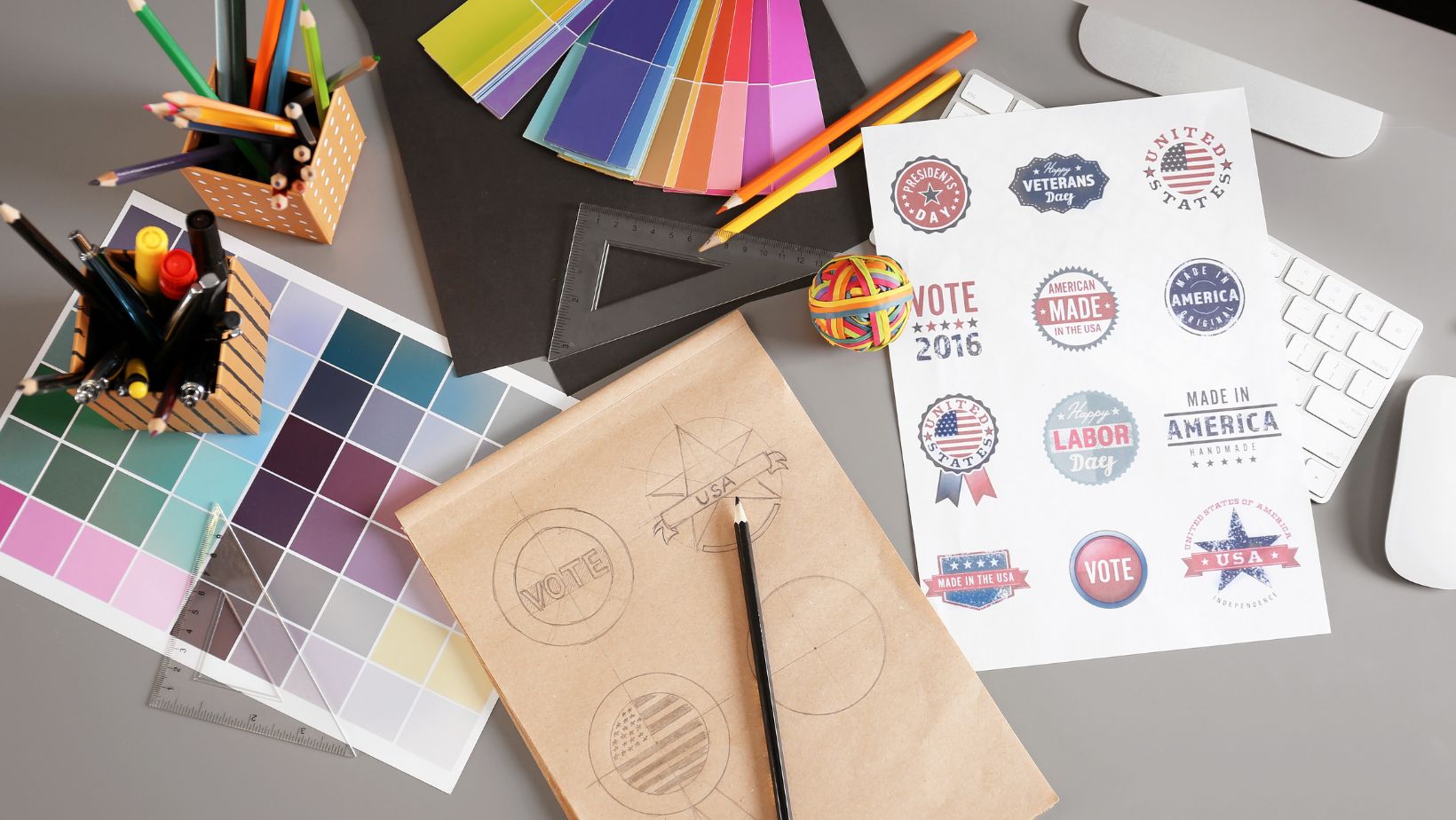When it comes to graphic design tools, two names that often come up in the conversation are Canva and Adobe. Both platforms offer a range of features and capabilities, but there are some key differences to Canva vs Adobe that can help you determine which one is better suited for your needs.
Canva is a user-friendly online design tool that caters to beginners and non-designers. It provides an intuitive interface with drag-and-drop functionality, making it easy to create visually appealing graphics such as social media posts, presentations, flyers, and more. Canva offers a wide selection of templates, stock photos, fonts, and illustrations that can be customized to fit your branding or personal style.
On the other hand, Adobe is widely recognized as the industry standard for professional graphic designers. With programs like Photoshop, Illustrator, and InDesign in its Creative Cloud suite, Adobe provides powerful tools for creating complex designs with precise control over every detail. These applications offer advanced features like photo editing capabilities, vector graphics creation, layout design for print materials, and much more.
So when choosing between Canva and Adobe, it ultimately depends on your level of expertise and the complexity of your design projects. If you’re just starting out or need quick and easy graphic designs without a steep learning curve, Canva might be the right choice for you. However, if you require more advanced functionalities and have experience in graphic design or are working on professional projects that demand intricate designs with fine-tuned precision – then Adobe’s suite of software would likely be the better option.
Canva vs Adobe
When it comes to graphic design tools, two names that often come up in the conversation are Canva and Adobe. Both platforms offer a range of features and functionalities to help users create flyers, brochures, logos, and other stunning visuals, but they have their own unique strengths and weaknesses. Let’s take a closer look at how Canva and Adobe stack up against each other.
Ease of Use: Canva has gained popularity for its user-friendly interface and intuitive drag-and-drop functionality. Whether you’re a beginner or an experienced designer, Canva’s simple layout makes it easy to navigate through the various design elements and create professional-looking graphics without much hassle.
On the other hand, Adobe offers powerful design software like Photoshop and Illustrator, which provide greater control over every aspect of your design. However, these tools have a steeper learning curve compared to Canva, requiring some level of expertise to fully utilize their capabilities.

Design Flexibility: Both Canva and Adobe offer a wide range of templates, fonts, images, and graphics to choose from. Canva excels in providing ready-made designs that cater to different industries and purposes. It also allows users to customize templates with their own branding elements effortlessly.
Adobe tools like Photoshop and Illustrator are known for their unmatched versatility when it comes to creating complex designs or making intricate adjustments. With advanced features like layers, filters, masks, and brushes, designers can achieve highly detailed artwork that may not be as easily achievable on Canva.
Collaboration Capabilities: Canva shines in terms of collaboration with its built-in sharing features that allow multiple users to work on the same project simultaneously. This is especially beneficial for teams working remotely or clients who want real-time input into the design process.
Adobe offers collaborative options through its Creative Cloud platform where designers can share files with others for review or editing purposes. However, this requires all collaborators to have access to Adobe software or at least a compatible viewer.
Pricing: Canva offers a free plan with limited features, making it accessible to users on a tight budget. They also have subscription plans that unlock additional features like premium templates, advanced editing options, and access to a vast library of stock images and illustrations.
Adobe operates on a subscription-based model, where users pay monthly or annually for access to their design software suite. This can be more expensive compared to Canva’s pricing structure, but it provides access to industry-standard tools favored by professionals.
In conclusion, choosing between Canva and Adobe depends on your specific needs and level of expertise. If you’re looking for user-friendly design software with simplicity and convenience in mind, Canva is an excellent choice. However, if you require advanced functionality and precise control over your designs, Adobe’s suite of tools might be the better option. Consider your budget, skill level, and desired outcomes when deciding which platform suits you best. When comparing Canva and Adobe, it’s important to consider the key features and benefits that each platform offers. Both Canva and Adobe have their own unique strengths, catering to different needs and preferences. Let’s dive into some of the standout features of each platform:
Canva
User-friendly interface: Canva is known for its intuitive and easy-to-use interface, making it accessible for users of all skill levels.
Extensive template library: With thousands of pre-designed templates available, Canva enables users to create professional-looking designs quickly and effortlessly.
Collaboration capabilities: One notable feature of Canva is its ability to facilitate collaboration among team members, allowing real-time editing and feedback.
Social media integration: Canva provides seamless integration with various social media platforms, making it convenient for sharing designs directly to your preferred channels.
Adobe
Robust design tools: Adobe offers a wide range of advanced design tools like Photoshop, Illustrator, and InDesign that provide unparalleled flexibility in creating intricate designs.

High-quality output: With Adobe’s powerful software suite, you can expect top-notch image resolution and print quality for your designs.
Extensive customization options: From detailed layering capabilities to advanced editing features, Adobe gives you full control over every aspect of your design.
Integration with other Adobe products: If you’re already using other Adobe Creative Cloud applications such as Premiere Pro or After Effects, the seamless integration between them can streamline your workflow.

